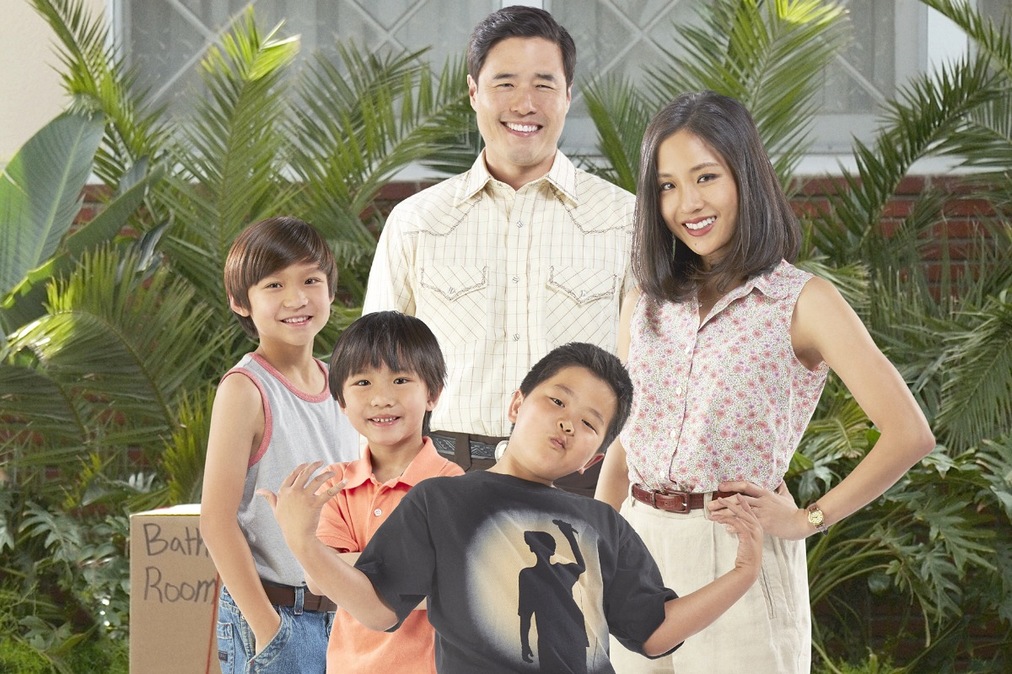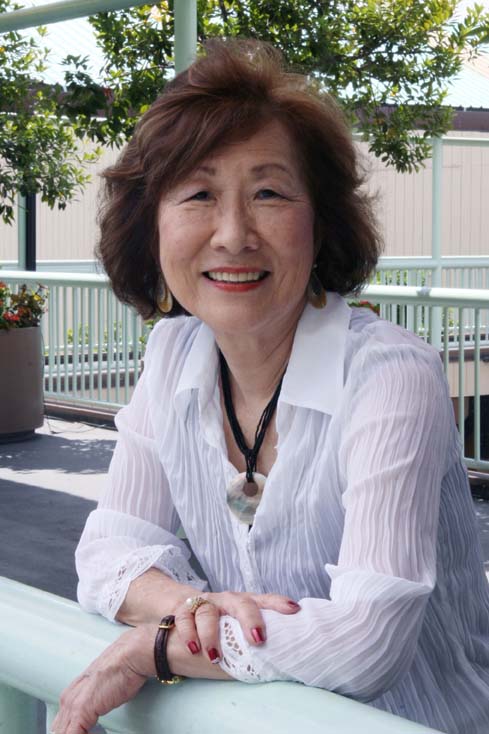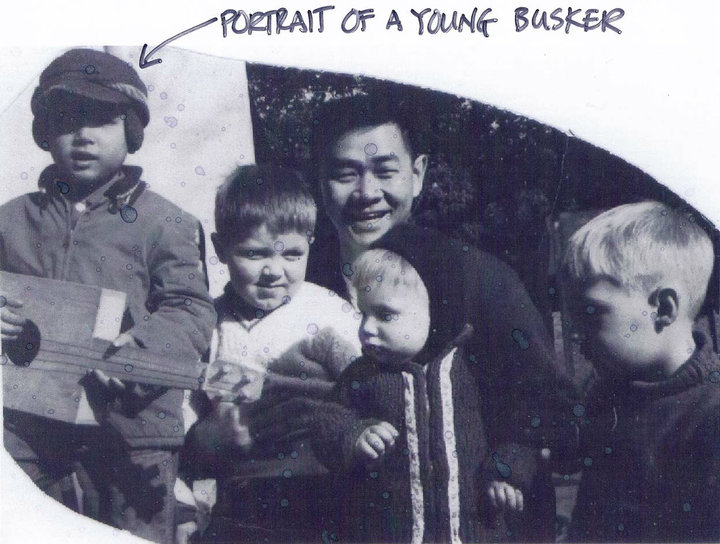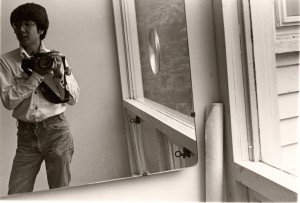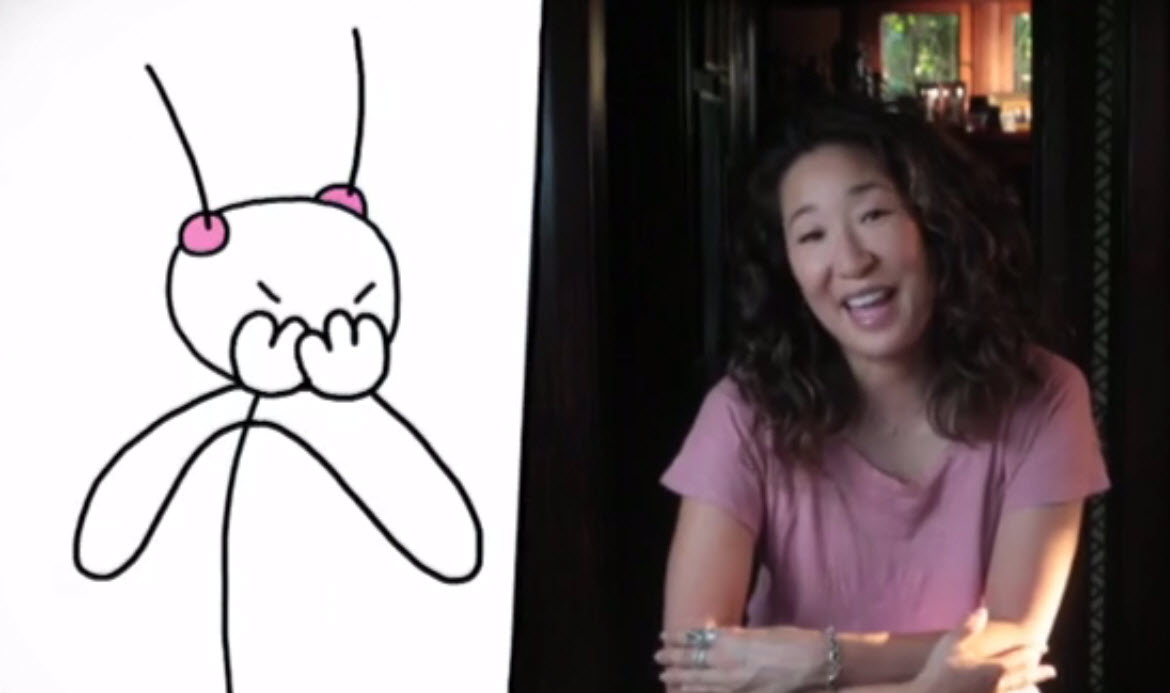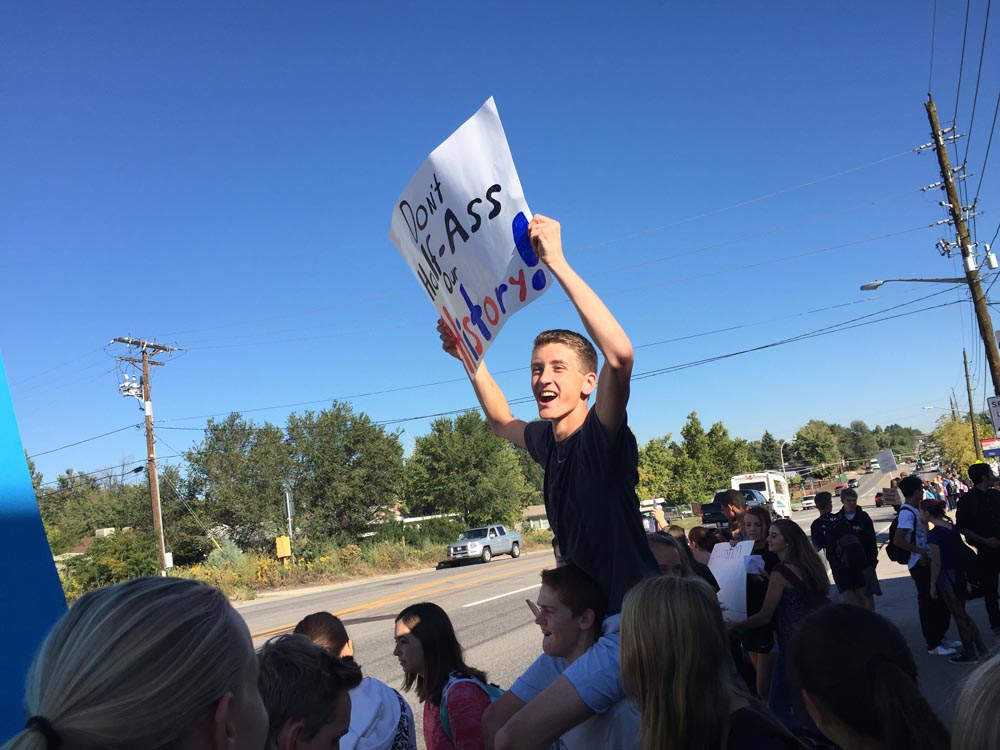There’s a new ABC sitcom being aired starting in February that I can hardly wait to see. I’m hoping “Fresh Off the Boat” will finally be a show where I can see people like me acting the way my family acts, with funny American situations but filtered through an Asian cultural perspective. I expect it’ll be a moment of critical mass for Asians on the U.S. pop consciousness.
It’s about time.
As a baby boomer, I grew up with very few Asian Americans on television. Few enough that everyone stood out. Even until recent years, my wife and I would point to the TV everytime we saw a minor character on TV played by an Asian, or an Asian face on a TV commercial, and yell, “Asian spotting!”
Among the first notable Asian Americans to be spotted on the small screen was Hawaii-born Filipino musician and comic Poncie Ponce, who was cast as the wise-cracking, ukulele-playing cab driver Kazuo “Kim” Quizado on the detective drama “Hawaiian Eye” which aired from 1959-1963.
My earliest memories of seeing an Asian on TV were of Hop Sing, the Chinese cook on “Bonanza,” a Western that also debuted in 1959 but ran until 1973. Hop Sing, played by U.S.-born actor Victor Sen Yung, wore a long queue hanging from under his cap, and diligently fed the Cartwright family for the run of the series, though I don’t recall that he ever cooked up Chinese food, or Chinese American dishes like chop suey, for Hoss and the others. He did face racism in a few episodes, though.
Continue reading




